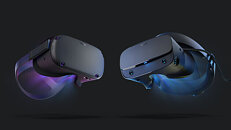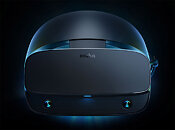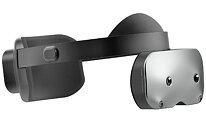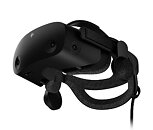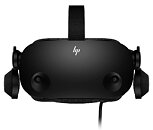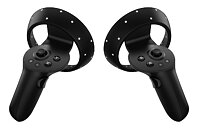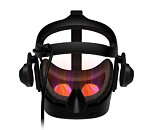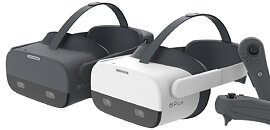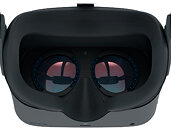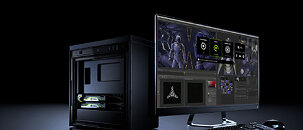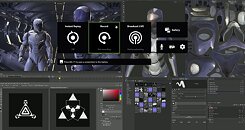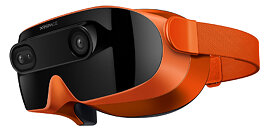
NVIDIA Delivers Streaming AR and VR from the Cloud with AWS
Announced today, the NVIDIA CloudXR platform will be available on Amazon EC2 P3 and G4 instances, which support NVIDIA V100 and T4 GPUs, allowing cloud users to stream high-quality immersive experiences to remote VR and AR devices. The CloudXR platform includes the NVIDIA CloudXR software development kit, NVIDIA Virtual Workstation software and NVIDIA AI SDKs to deliver photorealistic graphics, with the mobile convenience of all-in-one XR headsets. XR is a collective term for VR, AR and mixed reality.
With the ability to stream from the cloud, professionals can now easily set up, scale and access immersive experiences from anywhere — they no longer need to be tethered to expensive workstations or external VR tracking systems. The growing availability of advanced tools like CloudXR is paving the way for enhanced collaboration, streamlined workflows and high fidelity virtual environments. XR solutions are also introducing new possibilities for adding AI features and functionality.
With the ability to stream from the cloud, professionals can now easily set up, scale and access immersive experiences from anywhere — they no longer need to be tethered to expensive workstations or external VR tracking systems. The growing availability of advanced tools like CloudXR is paving the way for enhanced collaboration, streamlined workflows and high fidelity virtual environments. XR solutions are also introducing new possibilities for adding AI features and functionality.

















